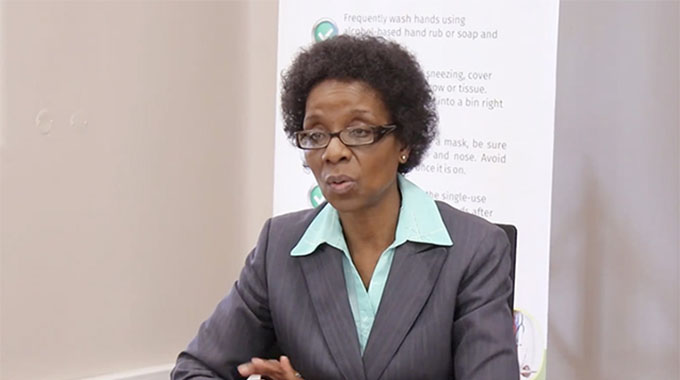Study finds lung impairment in recovering COVID-19 patients

Mary Van Beusekom
A retrospective study of 57 adult Covid-19 patients published in Respiratory Research found significant lung impairment in the recovery phase, particularly in patients with severe disease.
Researchers conducted serial assessments of patients 30 days after they were released from the Fifth Affiliated Hospital of Sun Yat-sen University in Zhuhai, China.
They found that, of the 40 non-severe and 17 severe cases, 31 patients (54.4 percent) still had abnormal findings on chest computed tomography (CT).
The rate of abnormalities was much higher in severe (16 or 17, or 94.1 percent) than in mild illness (15/ 31, 37.5 percent).
Forty-three (75.4 percent) of the 57 patients had abnormal pulmonary function tests.
The percent of patients who had results less than 80 percent of predicted values was 10.5 percent for forced vital capacity (FVC, amount of air forcibly exhaled after taking a deep breath), 8.7 percent for forced expiratory volume (FEV1, amount of air forcibly expelled in 1 second), 43.8 percent for FEV1/FVC ratio, 12.3percent for total lung capacity (TLC), and 52.6 percent for diffusing capacity for carbon monoxide (DLCO) (amount of oxygen traveling from lungs to the blood).
Twenty-eight (49.1 percent) and 13 patients (22.8 percent) had maximum inspiratory pressure and maximum expiratory pressure values less than 80 percent of predicted values an indication of weakened respiratory muscles.
Twenty-six patients (86.7 percent) had mildly impaired DLCO, while the other 4 (13.3 percent) had moderate impairment.
There was a significant difference in impaired DLCO between the two groups, accounting for 42.5percent of patients with mild disease and 75.6percent of those with severe illness.
Severe vs mild illness
Patients with severe Covid-19 had more DLCO impairment than those with less severe disease (75.6 percent vs 42.5 percent, P = 0.019), as well as higher lung total severity scores (TSS) and total airway resistance and significantly lower percentage of predicted TLC and 6-minute walking distance (6MWD). The 6MWD of patients with severe illness was only 88.4 percent of predicted values, significantly lower than in those with mild illness.
Most patients in the severe group (70.6 percent) were men and were older than patients with milder disease. No significant correlation between TSS and pulmonary function was evident at follow-up.
Mean ratio of partial pressure of oxygen (Pa02) to fraction of inspired oxygen (FiO2) was significantly lower in patients with milder illness than in those with severe disease.
Pa02 reflects how well oxygen is able to travel from the lungs to the blood, while FiO2 is the percentage of oxygen inhaled.
Patients with severe Covid-19 had higher serum lactate dehydrogenase (indicating tissue damage), C-reactive protein peaks (indicating inflammation), and lower counts of infection-fighting lymphocytes than those with milder illnesses.
No significant differences were found in values of white blood cells, creatinine kinase (measuring muscle inflammation), lactic acid peaks (measures of levels of oxygen in the muscles), or length of hospital stay between the two groups.
Underlying illness common
At 30-day follow-up, 6 of 57 patients (10.5 percent) reported a mild cough, 4 (7.0 percent) had shortness of breath, and 3 (5.3 percent) said they sometimes wheezed.
Of 57 patients, 46 (80.7 percent) had a history of direct contact with Wuhan, Hubei province, the epicenter of China’s coronavirus outbreak, while 9 (15.7 percent) had a history of smoking. Mean patient age was 47 years, and 31 patients were women.
Twenty-one patients (36.8 percent) had underlying illnesses, the most common of which were high blood pressure (11 patients), diabetes (4), cancer (3), and cardiovascular disease (3).
All these conditions were either believed cured or well controlled at testing. None of the patients had a chronic respiratory disease.
The authors said they were surprised that the lung total severity score was not significantly correlated with FEV1, FVC, or DLCO, meaning that impaired lung function did not necessarily reflect severity of illness or changes on CT.
“We speculate that it was because most severe patients used glucocorticoid during hospitalization, suggesting that corticosteroids may improve the prognosis of patients with Covid-19,” they wrote, cautioning that small sample size and selection bias may have affected the results. Corticosteroids are given to reduce inflammation.
The researchers called for future studies to include longer follow-up and exercise cardiopulmonary function testing.- CIDRAP








Comments